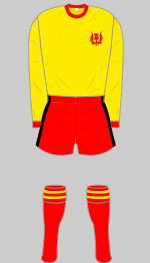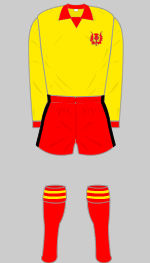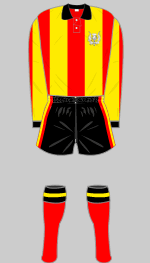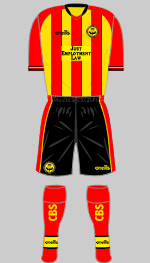Kit History
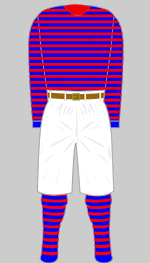
1876-1878 t
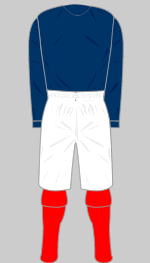
1880-1882 g
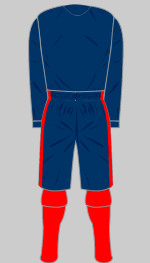
1882-1887 g
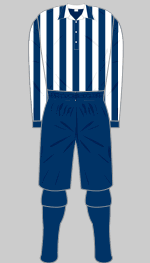
1887-1888 g
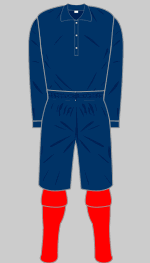
1888-1898 g r
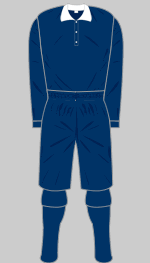
1898-1900 g
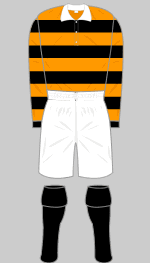
1900-1902 g
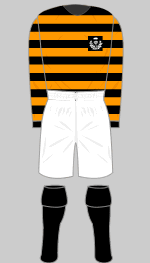
1902-1903 p
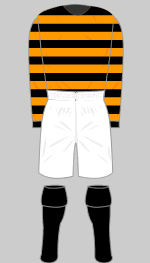
1904-1905 g r
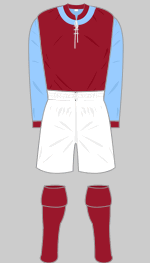
1905-1907 g r
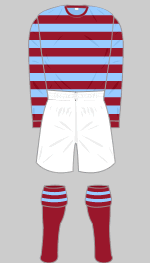
1907-1909 g r
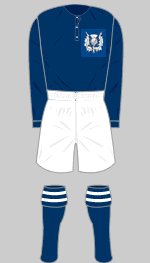
1909-Feb1925 a g p r
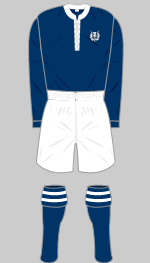
Feb1925-1927 g
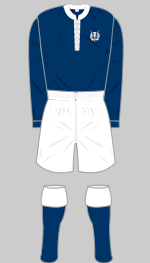
1927-1934 g
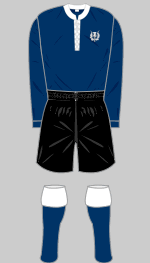
1927-1929 g
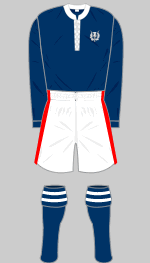
1934-Jan1935 a g
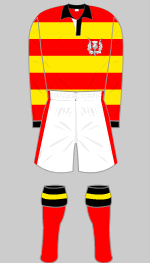
Jan1935-1948 a b g
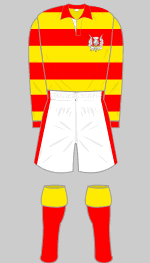
1948-1949 p
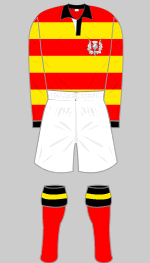
1949-1958 b g
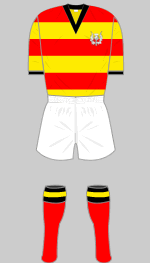
1958-1965 c g p q
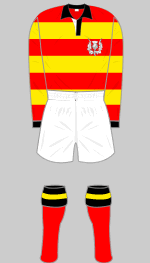
1958-1961 g
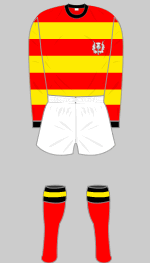
1961-1971 a b g
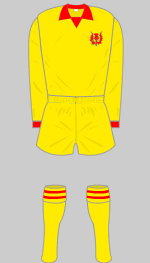
1974-1975 h s
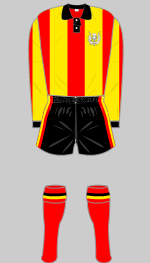
1975-1976 a
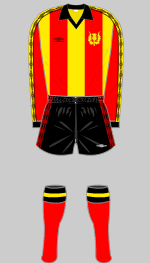
1977-1978 g s
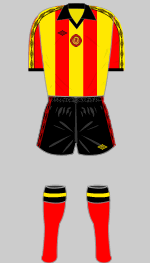
1978-1979 1 a s
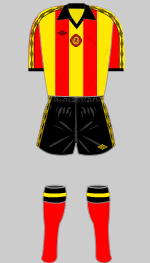
1978-1979 2 s
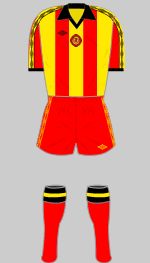
1978-1979 3 s
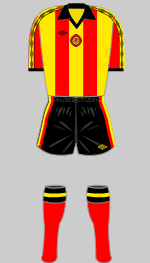
1978-1979 4 s
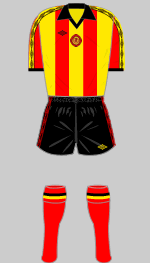
1979-1980 a s
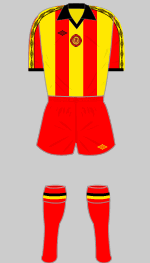
Aug-Dec 1980 s
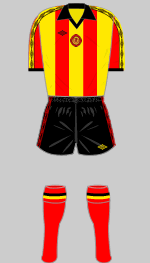
Jan-April 1981 s

May 1981 s
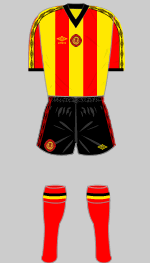
1981-1982 s
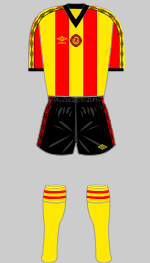
1982-1983 s
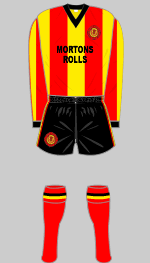
1983-1984 o s
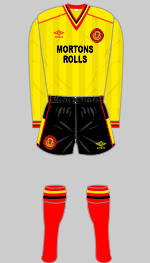
1984-1986 1 a h n o
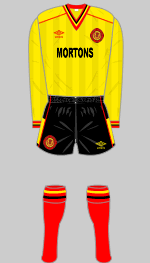
1984-1986 2 a h n o
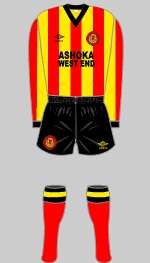
1986-1987 h i j o
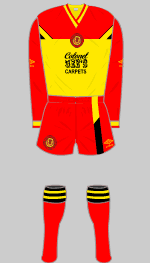
1987-1989 a i j k no
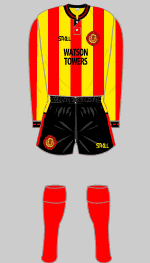
1989-1990 a m n
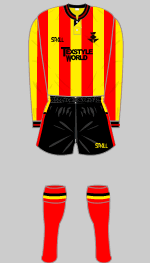
1990-1991 1 a i m n
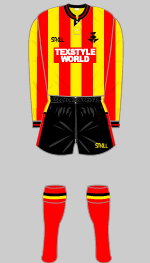
1990-1991 2 a i m n
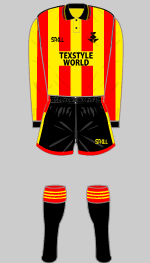
Aug-Dec 1991 s
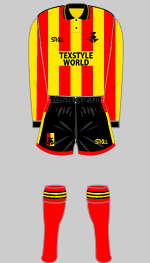
Dec 91-1993 a i m n
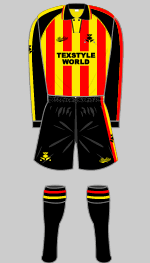
1993-1994 a i m n s
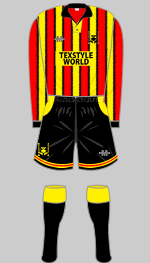
1994-1995 a i l m s
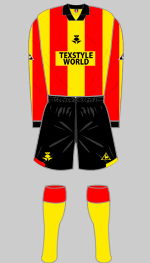
1995-1996 a i m s
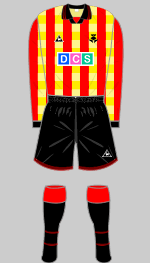
1996-1997 a l m
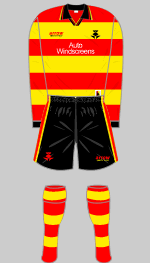
1997-1999 a m
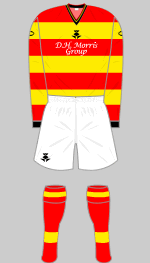
1999-2000 a l
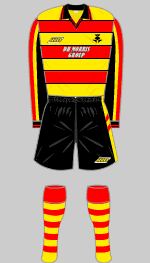
2000-2002 a m n
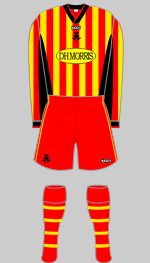
2002-2004 a m s
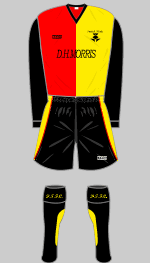
2004-2006 a m
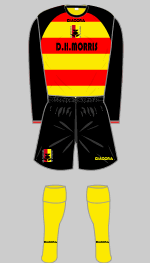
2006-2007 f m
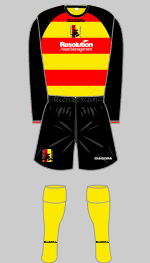
2007-2008 f
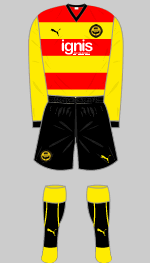
2008-2010 f
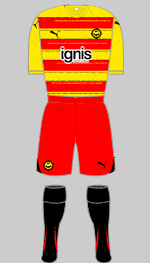
2010-2011 f
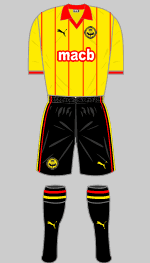
2011-Feb 2012 f
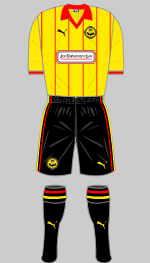
March-May 2012 f
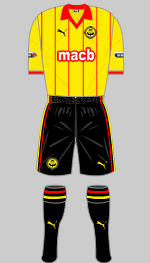
2012-2013 f
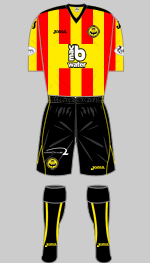
2013-2014 f
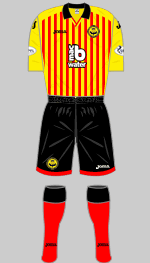
2014-2015 f
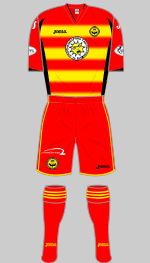
2015-2016 f
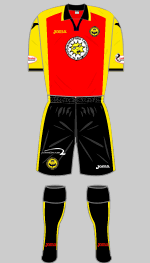
2016-2017 f

2017-2018 f
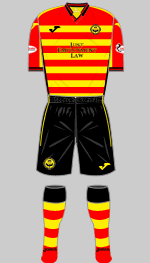
2018-2019 f
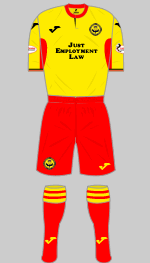
2019-2020 f
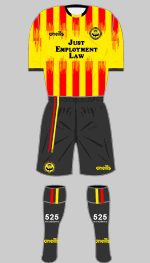
2020-2021 f
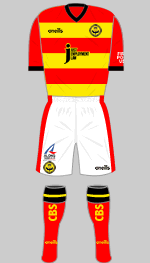
2022-2023 f
Background
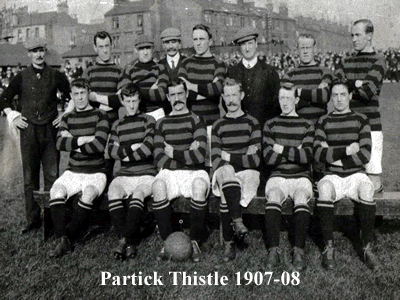 When the club was formed
in 1876, Partick was a burgh in its own right, independent of Glasgow.
They played at a number of grounds including the site of the Kelvingrove
Art Gallery and Museum before they moved in
1909 to play at Firhill Park, which is still their home today (and, as it happens is in the Maryhill district rather than Partick). They started
out playing in navy, white and red, common colours for Scottish clubs
in the late Victorian era.
When the club was formed
in 1876, Partick was a burgh in its own right, independent of Glasgow.
They played at a number of grounds including the site of the Kelvingrove
Art Gallery and Museum before they moved in
1909 to play at Firhill Park, which is still their home today (and, as it happens is in the Maryhill district rather than Partick). They started
out playing in navy, white and red, common colours for Scottish clubs
in the late Victorian era.
In 1885 Partick entered the English FA Cup, going out in the first round to their powerful Glasgow neighbour, Queen's Park. The following season they reached the fifth round where they were narrowly beaten by Old Westminsters.
Supporters who traveled to away games in large horse drawn "brakes," vehicles capable of carrying 20 people, formed "Brake clubs," the forerunner of modern traveling supporters' clubs.
In 1891, Partick Thistle joined the Scottish Alliance, one of several
competitions set up immediately after the formation of the Scottish
Football League in 1890. In 1893 the Alliance formed the backbone of
the new the Scottish Second Division, Partick among them. The club won
the Second Division championship in 1897 and were elected to
the First Division (this was before automatic promotion and relegation).
The following season they were re-elected after finishing in eighth
place but the year after that they were less fortunate and returned
to the Second Division. This may have prompted a change to gold and
black colours and an improvement in their fortunes. In 1900 they were
elected back to the top level, having finished as Second Division champions
again, were relegated the following season and then promoted in second
place in 1902. This time they would establish themselves as a permanent
fixture in the top level for almost 70 years.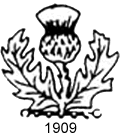
Between 1905 and 1909 the Jags played in claret and blue, an unusual combination in Scotland, and then reverted to their traditional navy shirts, emblazoned with a thistle badge. This, we now know, also appeared on the hooped 1902-03 jerseys.
In 1921 The Jags won the Scottish Cup, beating Rangers 1-0, their first major honour. They met Rangers in the final again in 1930 but this time they were beaten 0-1 in a replay.
In January 1935, the club adopted a highly distinctive red and yellow hooped shirt trimmed with black that would be worn virtually unchanged for the next 36 years. It is believed these first appeared when the team borrowed a set of jerseys from the West of Scotland Football Club (who, despite the title, play rugby union). The traditional thistle continued to appear but was made somewhat larger.
In 1948 Thistle finished in third place in Division A, ten points adrift of runners up Rangers, their highest finish to date. During the fifties and early sixties they came frustratingly close to winning silverware: they finished third in Scottish Division One in 1954 and 1963 and reached the Scottish League Cup final in 1953, 1956, 1958. They did, however, win the Glasgow Cup in 1951, 1953, 1955, 1961 1981 and 1989.
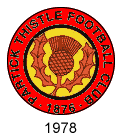 After 68 years in the top flight, Thistle were relegated in 1970 but
bounced back immediately. The following season they met a powerful Celtic
in the final of the Scottish League Cup. Against all expectations Thistle
ran out 4-1 winners. They went down again in 1975 but were promoted
after only one season.
After 68 years in the top flight, Thistle were relegated in 1970 but
bounced back immediately. The following season they met a powerful Celtic
in the final of the Scottish League Cup. Against all expectations Thistle
ran out 4-1 winners. They went down again in 1975 but were promoted
after only one season.
The traditional crest was updated in 1978 and now appeared out of a roundel with the club's name and year of formation.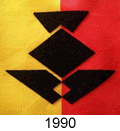
In 1982 they were relegated and this time they spent ten seasons in the second flight before returning to the Premier Division in 1992 for two seasons.
A radically modernist club crest was introduced in 1990.
Thistle then fell into very serious financial difficulty. The "Save
the Jags" campaign, organised by supporters raised enough cash
to stave off bankruptcy but they could not avoid relegation to the Scottish
Second Division (third level) in 1998. In 2001 they won promotion and
remarkably the following season they returned to the Scottish Premier
League. They held on for three seasons until finishing bottom in 2004;
relegated again the following season, they found themselves back in
the Second Division, only to win promotion back to Scottish Division
One 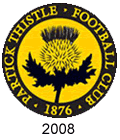 (second level) after a dramatic play-off victory on penalties against
Peterhead.
(second level) after a dramatic play-off victory on penalties against
Peterhead.
A rather more traditional crest was introduced in 2008, not unlike the 1978 version.
Eight years after their return to Division One, Thistle won the 2012-13 title and returned to the top tier of what was now the Scottish Professional Football League.
With their record for unpredictability and chronic underachievement, Partick Thistle have always been the butt of jokes. In a city where football is disfigured by the religious divisions associated with the Old Firm, Partick's small, devoted support is rightly proud of their non-sectarian tradition and their highly distinctive playing strips.
In November 2019 life-long fan and Euro Lottery winner, Colin Weir, bought a majority shareholding in the club and pledged to gift his stake to fans once a suitable ownership vehicle could be established. In September 2020 a fan poll decided that the new body would be called the Jags Foundation.
When the 2019-20 season was suspended due to the Covid-19 pandemic, Thistle were sitting at the bottom of the Championship, two points behind Queen of the South but with a game in hand. When the SPFL decided to curtail the season and allocate places on a points-per-game basis, Thistle were relegated. A challenge in the Court of Session alongside Hearts (relegated from the Premiership) failed and an SFA Arbitration Panel found in favour of the SPFL. This meant the Jags had been relegated twice consecutively but the following season they secured the League One title (their first trophy in eight years) and bounced back into the second tier at the first time of asking.
Sources
- (a) ptfc.net - an unofficial site that included a comprehensive photographic kit history.
- (b) London Hearts
- (c) Football Focus
- (d) Riccardo Bertani
- (e) Over Land and Sea
- (f) Partick Thistle Official Site
- (g) Alick Milne
- (h) Ralph Pomeroy
- (i) Gordon D Peden (Vice Chair of Partick Thistle FC)
- (j) John Penman
- (k) jumpers4goalposts
- (l) Bryan McCoo
- (m) OldFootballShirts.com
- (n) Barry McKenna
- (o) Donald Gellatly (HFK Research Associate)
- (p) Keith Ellis (HFK Research Associate)
- (q) Willie McKay
- (r) The Partick Thistle History Archive
- (s) Ian McConnel
- (t) Charles Alcock's Football Annuals 1869-1891 researched by Robin Horton
Crests are the property of Partick Thistle FC.



